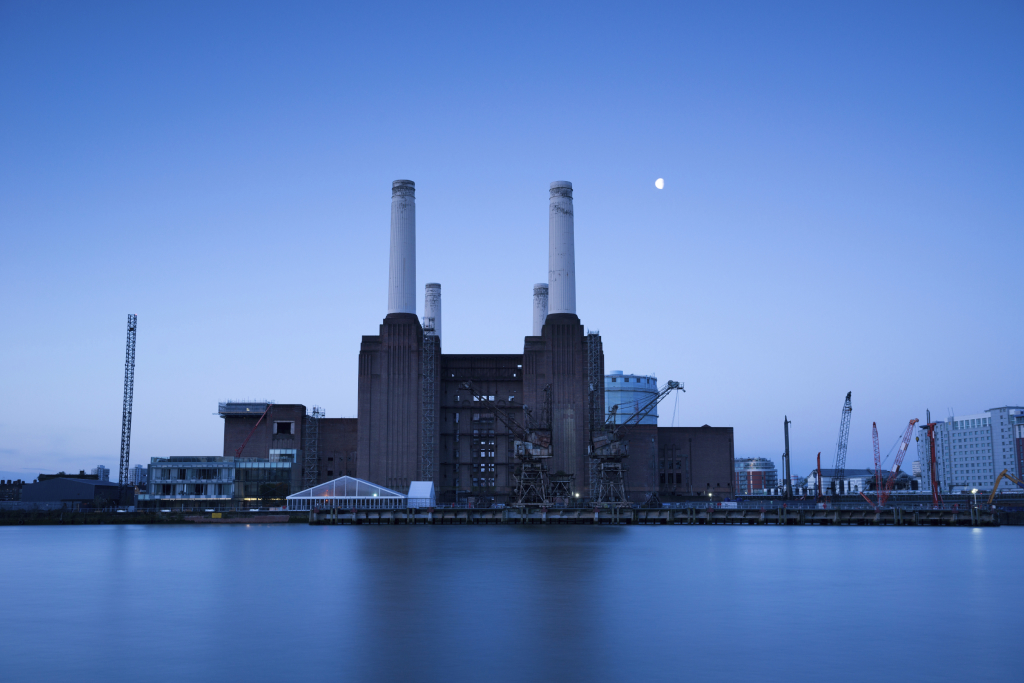Drawing the Wrong Line in the Sand
The New Yorker’s Elizabeth Kolbert recently published a comment entitled “Lines in the Sand,” arguing that President Obama should not approve the Keystone XL pipeline because of the climate impacts of using oil. Kolbert’s argument is flawed for multiple reasons including the fact that she fails to consider the actual climate impact and the reality that even if the oil is not shipped to the U.S., it will be used anyway—obviating any climate impact of not building the pipeline. The reality is that the oil sands oil will be used regardless of Kolbert’s purported desire to use less oil. The question is whether the United States will reap the benefits and jobs of refining the oil.
The crux of Kolbert’s argument centers on the fact that refining oil from oil sands is requires more energy, and attendant carbon dioxide emissions, than conventional oil. But instead of actually looking at the projected impact on climate from carbon dioxide emissions related to oil sands, she makes this maximalist argument:
Were we to burn through all known fossil-fuel reserves, the results would be unimaginably bleak: major cities would be flooded out, a large portion of the world’s arable land would be transformed into deserts, and the oceans would be turned into liquid dead zones.
She later acknowledges rejecting the Keystone XL pipeline “would not solve the underlying problem” but that it “would put a brake on the process.” To this point, the State Department’s most recent environmental impact assessment found that the United States’ decision on Keystone would not affect changes in climate either way.
An even better question, and one that Kolbert failed to consider, is how much of a climate impact would not building the Keystone XL pipeline have? Recently climate researcher Paul C. Knappenberger testified before Congress on Keystone’s climate impact. Using a climate simulation technique developed by the EPA called MAGICC (the Model for the Assessment of Greenhouse-gas Induced Climate Change), he concludes that, if Keystone were to operate for a century, it would in the worst-case result in a rise of 1/100th of a degree Celsius[1]. Kolbert is arguing that the President should reject the Keystone XL pipeline because it would reduce global temperature by 0.01 degrees C. Furthermore, Kolbert’s estimates about oil sands’s carbon emissions are inaccurate. She asserts that tar sands emit 12-23% more carbon dioxide than conventional crude. An IHS CERA study, however, suggests that her numbers are inaccurate. It cites Department of Energy data that reveal the range to be between 5-15%[2].
The pipeline is inevitable – it is only a question of whether it runs through the United States or not. That fact alone mitigates much of the opposition to Keystone. Whether the U.S. approves the pipeline or not, worldwide demand for oil will ensure that it will be brought to market somewhere. Furthermore, oil sands already travel by rail. Should the administration reject Keystone, the oil sands will simply continue to travel by rail[3]. Therefore, rejecting Keystone and Canada’s oil sands has no positive effect on climate change; there is only the question of whether the United States will share in the economic benefits that will come from it.
Kolbert even alludes to this argument in her piece, but then does a poor job of answering it. Even she admits that Canadian Prime Minister Stephen Harper has suggested on numerous occasions that, should Washington fail to approve Keystone, Ottawa will instead route the pipeline through British Columbia and ship the oil to China. Kinder Morgan is already working on tripling the size of its Trans Mountain Pipeline to take oil sands oil from Alberta to the coast near Vancouver. Kolbert’s answer to this argument is that “if getting tar-sands oil to China were easy, the Canadians wouldn’t be applying so much pressure on the White House.”
The problem with her analysis is that it ignores the distinction between “easy” and “easier.” The Canadians obviously want to do what is easiest for them (ship the oil sands to their largest trading partner, the U.S.), but that doesn’t suggest that, if they fail to ship it to the U.S., they will wave the white flag and give up producing the billions of dollars worth of crude oil they possess. Canada will instead settle for the next best option, which would be transporting the through Western Canada and shipping it overseas to energy-hungry countries like China. For environmental advocates like Ms. Kolbert, this is arguably a worse outcome for the environment, because many of these countries lack the pollution controls that the United States imposes on its refineries and associated industries. Additionally, the pipeline would avoid the need to transport the oil to the U.S. via truck or rail, both of which are expensive alternatives that have a much greater likelihood of the kind of accidents that pipeline opponents warn against.
Even if Kolbert’s environmental warnings are correct—and the U.S. Department of State’s assessments and EPA climate models suggest they are not—her opposition to the Keystone XL pipeline has no grounding in reason or logic. In rejecting Keystone, the United States only stands to lose to the benefit of our economic competitors.
[1] http://science.house.gov/sites/republicans.science.house.gov/files/documents/HHRG-113-SY20-WState-PKnappenberger-20130507.pdf, 5.
[3] http://www.marketplace.org/topics/sustainability/trains-will-move-tar-sands-oil-if-keystone-xl-doesnt.


